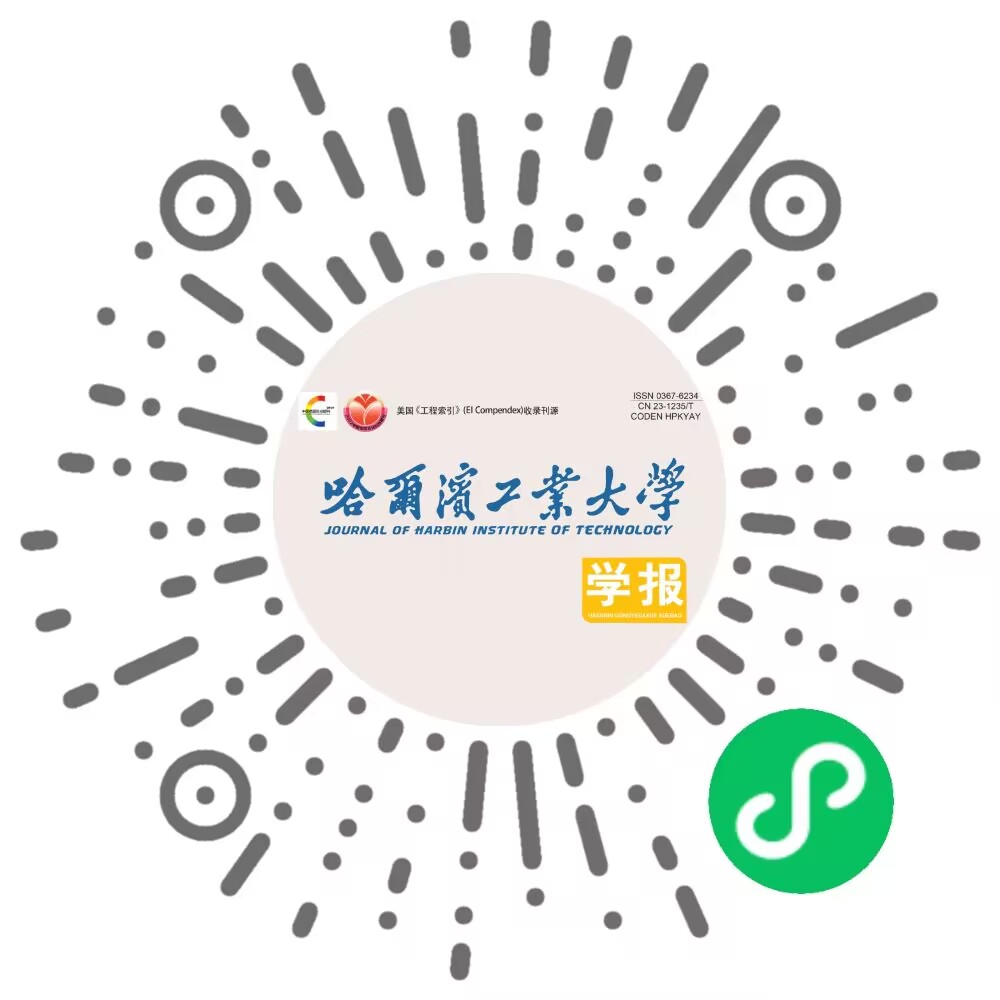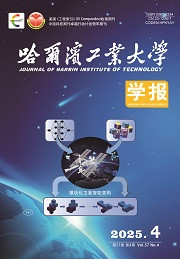| 引用本文: | 田闯,黄鹤,林国庆,高涛,王萍,赵力国.融合多策略天鹰算法优化汽车ABS的PID控制[J].哈尔滨工业大学学报,2025,57(4):52.DOI:10.11918/202405075 |
| TIAN Chuang,HUANG He,LIN Guoqing,GAO Tao,WANG Ping,ZHAO Liguo.Optimizing PID control of automobile ABS by integrating multi-strategy aquila optimizer[J].Journal of Harbin Institute of Technology,2025,57(4):52.DOI:10.11918/202405075 |
|
| |
|
|
| 本文已被:浏览 80次 下载 98次 |

码上扫一扫! |
|
|
| 融合多策略天鹰算法优化汽车ABS的PID控制 |
|
田闯1,2,黄鹤1,2,林国庆3,高涛4,王萍5,赵力国6
|
|
(1.长安大学 电子与控制工程学院, 西安 710064; 2.西安市智慧高速公路信息融合与控制重点实验室 (长安大学), 西安 710064; 3.长安大学 能源与电气工程学院, 西安 710064; 4.长安大学 数据科学与人工智能研究院, 西安 710064; 5.中山大学 智能工程学院, 广东 深圳 518107; 6.中山大学 土木工程学院, 广东 珠海 519000)
|
|
| 摘要: |
| 为改善现有防抱死制动系统采用比例积分微分(PID)控制方法实时性差且无法自动调整参数的问题,提出了一种多策略天鹰优化算法的防抱死制动系统PID控制方法。以单轮车辆模型为例,首先,构建汽车防抱死系统的PID控制器仿真模型。其次,提出了一种融合差分进化、反向学习和停滞扰动策略的天鹰搜索算法(DERLSP-AO),解决了天鹰优化算法(AO)易陷入局部最优及搜索精度有限的问题。通过设计狩猎视角反向学习策略来增大搜索范围,提高了算法效率;设计了停滞扰动策略,防止AO陷入局部最优;同时,结合差分进化策略,使天鹰种群进化淘汰掉较差个体。通过混合多种策略,完成了DERLSP-AO方法设计。然后,利用最优个体整定PID参数,得到优化的DERLSP-AO-PID控制器。最后,选择不同路面条件对汽车防抱死制动过程进行仿真实验。结果表明,相比现有算法,基于DERLSP-AO-PID控制的防抱死系统(ABS)输出的滑移率曲线,能够更好地保持在期望范围内,车辆制动时间更少,制动距离也较短,进一步验证了改进算法的有效性,制动性能有所提升。 |
| 关键词: 防抱死系统(ABS) PID控制器 天鹰优化算法(AO) 天鹰算法优化PID 滑移率 路面附着系数 制动距离 |
| DOI:10.11918/202405075 |
| 分类号:TP301.6 |
| 文献标识码:A |
| 基金项目:国家自然基金面上项目(52372321);中央高校基本科研业务费专项资金重点科研平台建设计划水平提升项目(300102325501);西安市智慧高速公路信息融合与控制重点实验室(长安大学)开放基金项目(300102323502) ;陕西省交通运输厅科研项目(No.21-42X) |
|
| Optimizing PID control of automobile ABS by integrating multi-strategy aquila optimizer |
|
TIAN Chuang1,2,HUANG He1,2,LIN Guoqing3,GAO Tao4,WANG Ping5,ZHAO Liguo6
|
|
(1.School of Electronic and Control Engineering, Chang’an University, Xi’an 710064, China; 2.Xi’an Key Laboratory of Intelligent Expressway Information Fusion and Control(Chang’an University), Xi’an 710064, China; 3.School of Energy and Electrical Engineering, Chang’an University, Xi’an 710064, China; 4.School of Data Science and Artificial Intelligence, Chang’an University, Xi’an 710064, China; 5.School of Intelligent Systems Engineering, Sun Yat-sen University, Shenzhen 518107, Guangdong, China; 6.School of Civil Engineering, Sun Yat-sen University, Zhuhai 519000, Guangdong, China)
|
| Abstract: |
| To improve the problems of poor real-time performance and inability to automatically adjust parameters of the existing anti-lock braking system (ABS) using proportional integral differential (PID) control method, a PID control method for anti-lock braking system based on multi-strategy aquila optimizer (AO) is proposed. Taking a single-wheel vehicle model as an example, firstly, the PID controller simulation model of the vehicle anti-lock braking system is constructed. Secondly, a differential evolution combining reverse learning combined with stagnation perturbation for aquila optimizer (DERLSP-AO) is proposed to overcome the limitations of the standard AO, particularly its tendency to converge to local optima and its limited search precision. By designing the reverse learning strategy of hunting perspective to increase the search range, the efficiency of the algorithm is improved. Additionally, a differential evolution strategy was integrated to evolve the aquila population by eliminating weaker individuals. By mixing multiple strategies, the DERLSP-AO method design is completed. Then, the optimal individual tuning PID parameters are used to obtain the optimized DERLSP-AO-PID controller. Finally, different road conditions are selected to simulate the anti-lock braking process of the vehicle. The results show that, compared to existing algorithms, the slip rate curve of the ABS output based on DERLSP-AO-PID control shows improved performance in maintaining the desired range. The vehicle exhibits reduced braking time and shorter stopping distances, which further validates the effectiveness of the improved algorithm and demonstrates enhanced braking performance. |
| Key words: anti-lock brake system (ABS) PID controller aquila optimizer(AO) aquila optimizer-based PID slip rate road adhesion coefficient braking distance |
|
|
|
|







